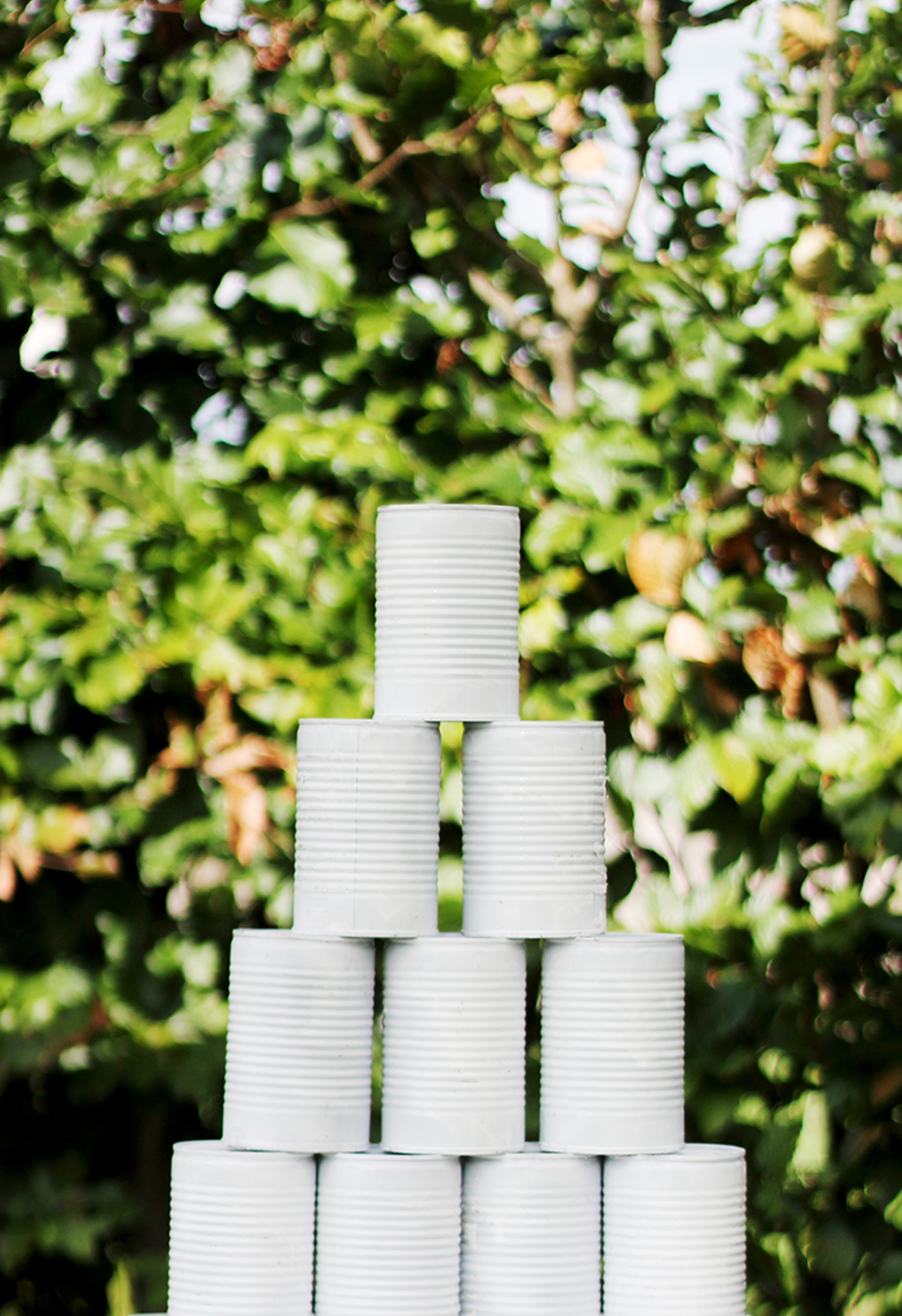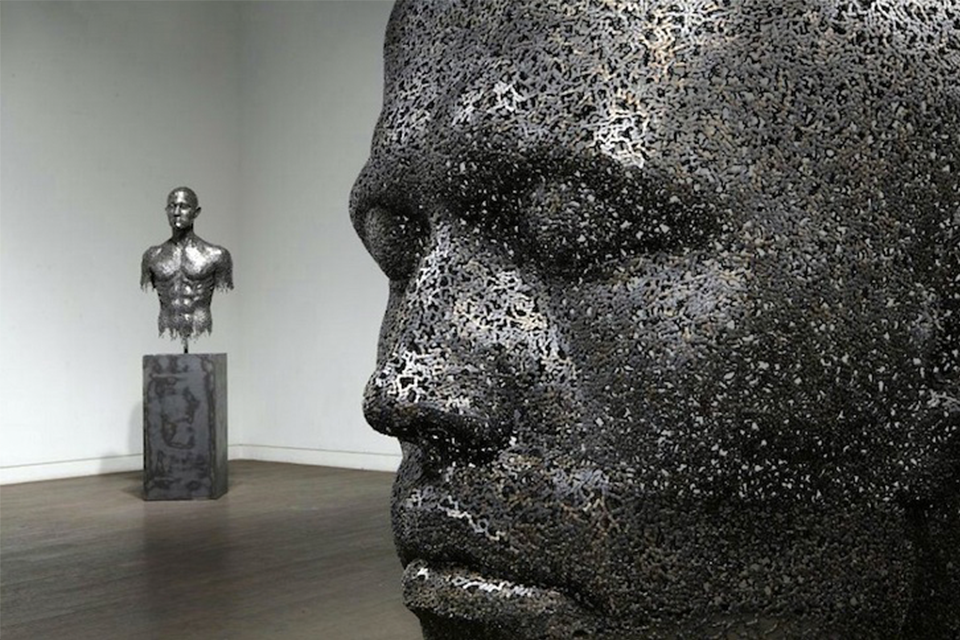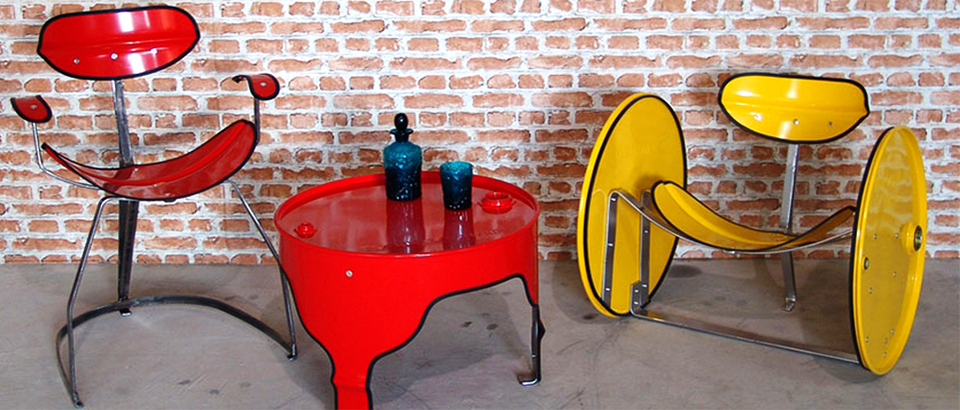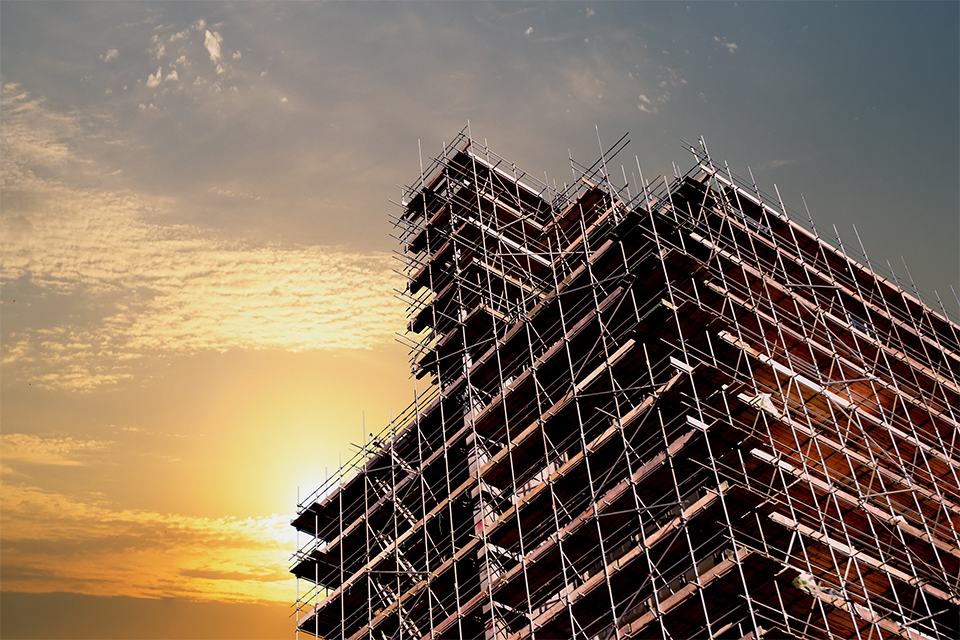At this time of year, vacationers flock to the beach away from the stifling city’s scorching heat. At their hard-earned vacation in a hotel room nearby, they may let out a sigh of relief at being able to sleep in, adjust the temperature of an air conditioner, retrieve a cold beverage from the fridge, and then drink it seated on a chair. Taking in the cool air of the room, one cannot help but feel blessed.
Undoubtedly, it is impossible to spot an object around the room that does not contain a trace of steel– the bed, air conditioner, refrigerator, or chair to name a few. Steel is omnipresent in our lives, even away from the city and in summer vacation scenes. The truth is steel’s eco-friendly properties have primarily granted such boundless currency. Taking a closer look through common occasions of encountering steel will reveal its predominance and its worth for both humankind and the environment.

Recycling Reaches the Dining Table
The smell of baby back ribs and sausages rises from outdoor grills in the backyard of a home. It is the scent of summer barbeque party in a family home with some invited guests and neighbors enjoying the wait to feast. The man of the house thoroughly cooks the meat and veggies on the grill. On the outdoor dining table, there are plenty of canned food servings such as corn, green peas, baked beans, and even fruit to serve along with the grilled foods. As soon as the grilled meat and skewers are ready, the adults at the table open bottles of beer to celebrate the holiday season.

It is a common yet easily overlooked fact that most canned foods, jar lids, bottle caps we store our foods and beverages in are made from stainless steel. And not to mention the high-quality steel used to make the barbecue grills, an essential summer household item. Even the daily utensils like forks, knives, and spoons we use to cook and eat with are steel-made. Basically, these are ubiquitous yet necessary tools for us to last or even survive a normal day.
Once used and discarded, the steel scraps are easily removed from waste streams due to steel’s magnetic property. This convenience for reuse is the foremost process where steel’s recyclable quality takes effect. These steel scraps are then processed by melting and molding to serve its next purpose. It’s worth noting even after countless recycling, the corrosion-resistant durability of steel enables reuse time and again without downgrading, disguised as brand new to any consumer walking through the supermarket aisle.
Another arresting evidence is that steel is an environmentally beneficial resource by two measures: the conservation of resources that are depleting rapidly and prevention of pollution caused by by-products during the process of manufacturing new steel. Could there be a more optimal resource making least impact on the environment?
Steel is almost 100% recyclable and 86% of the commercial steel products are in fact recycled. Thereby food cans and jar lids frequenting the supermarket have indeed been recycled previous to reaching its shelves, earning the privilege to be called ‘friendly’ as in eco-friendly. Yes, this even includes the beer bottle caps and outdoor grills in that barbecue party scene.

Upcycling, Discarded Steel Reborn a Notch Greener
Are metal scraps only valid for use if they are re-manufactured through recycling? Recent trend reveals brand new transformations of existing products without undergoing the industrial hassle of melting and remolding in quite novel and exciting ways. The environmental effect of upcycling stretches beyond recycling as it leaves out carbon footprint altogether. And then adding elements to its original form serving either a practical or an artistic purpose increases its value significantly.

Human sculptures made from welding thousands of used bicycle chains (Source: inhabitat)
After returning from vacation destinations, people may spend the remaining time taking care of daily chores and some shopping before busy life creeps back in. Shoppers are increasingly spending their earnings in ways that affect the environment. These contributions are the foundation for societies, institutions, and businesses alike to raise awareness of environmental issues.
A noticeable instance of such a business is a company that tackles an environmental waste issue through creating unique furniture from used steel-made oil barrels. Instead of leaving unwanted traces of waste to the environment or using extra energy to recycle, the company imbues new purpose and meaning to the barrels by designing and adding color from its original shape.

Empty oil barrels upcycled into uniquely designed furniture (Source: upcycleDZINE)
With such innovative twist, steel can be reborn without being melted and remolded. The artists who foresee the hidden functionality of old or broken steel products play a significant role in bringing forth such changes in consumer culture. An inventive idea and willingness can open doors to businesses and promote an eco-friendly economy.
Nothing Beats a Staycation
Yet there are those who would rather be cooped up at home than travel to faraway destinations. Especially if the region suffers from extreme heatwave. Steel can alleviate such pressure to always travel far out by transforming a home into a vacation spot itself.
Wood was commonly used as construction material for houses in the past. However, it was heavily influenced by its environment, easily worn out and decayed causing owners to undergo frequent maintenance. This was certainly not ideal in terms of convenience and economy.
But the advent of steel changed everything. As steel does not absorb moisture, many construction and maintenance difficulties were resolved. Its excellent durability implied safe and ideal living conditions without the squabble over constant house repairs. In the construction process, steel is easily manufactured to use as material, reducing construction time, labor costs, and noise pollution on site.

In particular, POSCO has been carrying forth its renown ‘Steel Village’ project. Its highly durable steel used as construction material was developed a while back to withstand catastrophic natural disasters such as earthquakes, floods, and typhoons– thanks to the application of its high-tech steel technology “PosMAC”. The Steel Village, also acknowledged as one of POSCO’s social contribution activity, has already successfully constructed homes in poor residential areas of Vietnam, Myanmar, and Thailand.

In overall cases steel is effective for home insulation, thus reducing costs for the usage of heating and cooling system. To such a degree, steel is valuable not only in terms of safety but also for the economy.
Steel has permeated our everyday lives from the mundane to the eventful. These indications reveal that its reason is by the virtue of steel’s eco-friendly nature. Or else steel would not be prevalent in the houses we sleep in, the arts we admire, or the grocery stores we frequent. Further analytical description of steel’s eco-friendly nature can be found below:

